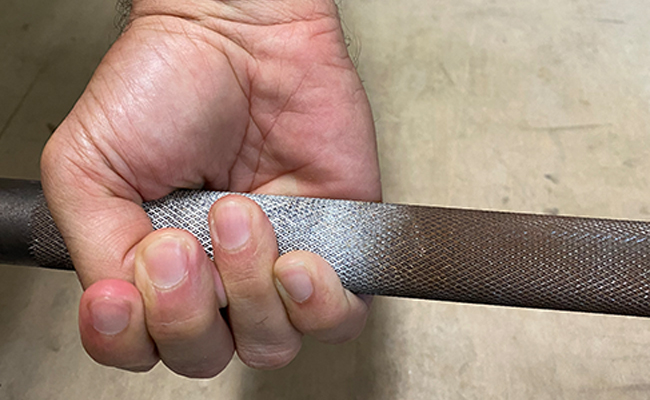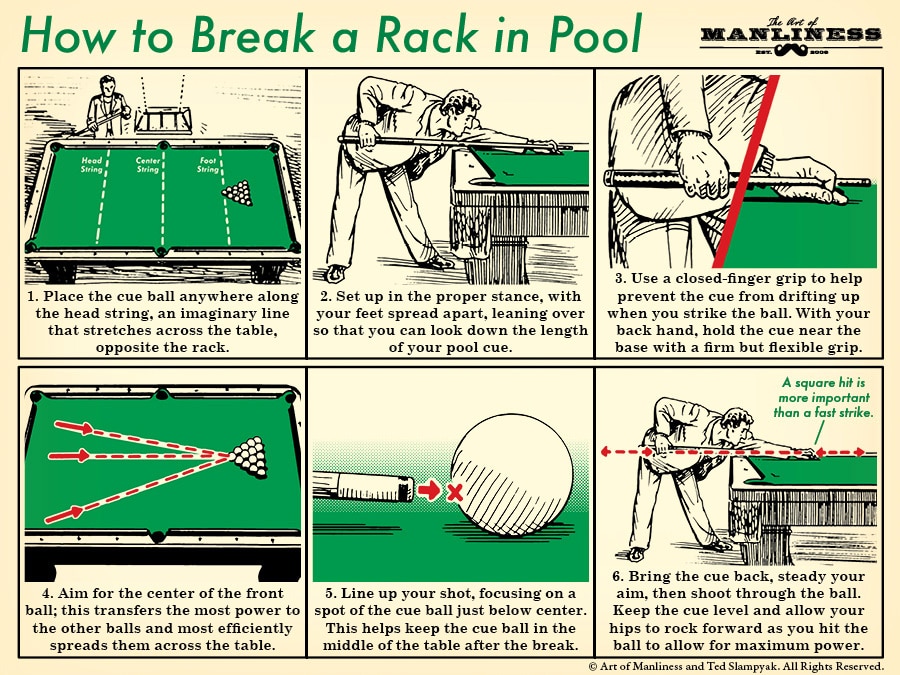When you think of smelling salts, you probably think of the reviving agent used to rescue swooning Victorian women. (This image isn’t entirely myth; there actually was a weird uptick of ladies fainting in the 19th century.)
But you also may have seen smelling salts pop up more recently in a context that couldn’t be more different: scrolling through Instagram, you spot a big ol’ powerlifter sniffing something, screaming, and then pulling a deadlift PR.
Why has a fainting remedy used by Victorian ladies made its way into the gyms of the 21st century? Today we’ll explain.
What Are Smelling Salts?
The active ingredient in smelling salts is ammonia carbonate. When you sniff smelling salts, you’re sniffing a small amount of ammonia gas. If you’ve ever used Windex to clean your windows, you’ve gotten a whiff of ammonia. But the ammonia in smelling salts is more concentrated than Windex — 15% vs 5% — so the pungency of the former is obviously quite a bit stronger. It’s like Sex Panther cologne, with an even stronger bite. One sniff makes you feel like you’ve been kicked in the face by a donkey. Your eyes water, your head is thrown back, and your face flushes. You’re suddenly extremely awake and hyped up.
Why does ammonia create this reaction? According to the National Institute of Health, the inhalation of ammonia gas “irritates the membranes of the nose and lungs, and thereby triggers an inhalation reflex that alters the pattern of breathing, resulting in improved respiratory flow rates and possibly alertness.” This overall effect lasts less than a minute.
It’s thanks to its bracing nature that smelling salts were used for centuries to revive people who fainted or passed out. Hence why genteel ladies of the 19th century kept smelling salts on their person in the event they swooned. Smelling salts are still used today by workers pulling late shifts, folks driving through the night, and others who simply need to quickly snap themselves out of drowsiness and into alertness. And, they’re used by athletes as well.
How Do Smelling Salts Help in Powerlifting and Other Sports?
The involuntary inhalation reflex that comes after you whiff smelling salts causes your breathing rate to increase dramatically. When your breathing rate increases, your heart rate increases. When your heart rate increases, your sympathetic nervous system kicks on. Your sympathetic nervous system is the physiological pathway your body uses to manage stressful events. With the fight or flight response turned on, hormones like adrenaline start cascading to make you more alert and focused. And gross motor skills, like running and lifting, are optimized.
Kickstarting your sympathetic nervous system right before performing a big lift could potentially help you lift more weight. When you whiff smelling salts immediately before doing a heavy squat, you’re basically giving yourself a stressor that primes your body for action.
Powerlifters aren’t the only athletes who take advantage of the adrenaline-boosting effects of smelling salts. You’ll often see hockey and football players sniffing them on the sidelines right before they go onto the ice or field.
While there’s certainly a physiological response happening when you sniff smelling salts, the performance-boosting effects could just be placebo. If you think inhaling ammonia will give you temporary Hulk-strength, then it will give you temporary Hulk-strength.
I’ve used smelling salts at weightlifting competitions and when I’ve attempted big PRs during training. I don’t know if they do much for me. Yeah, I get that punched-in-the-face feeling after inhaling, but I often find it distracting. It’s hard to lift something heavy when your eyes are watering and your nostrils are burning. I prefer going into a lift cool, calm, and collected. I was never a heavy smelling salts user to begin with, and I’ve been finding myself using them less and less as time goes on.
You’ll have to experiment with smelling salts to see if they work for you.
Are Smelling Salts Safe?
Ammonia gas is toxic in large amounts. The amount of ammonia gas that smelling salts produce is so minuscule, that no adverse effects from using them have been reported in the scientific literature.
However, because smelling salts irritate the nostrils and lungs, you likely shouldn’t use them every time you lift or practice your sport. Just use them every now and then when you’re going for a big PR, or have a high-stakes game on the line.
How to Use Smelling Salts
You can buy smelling salts in a couple of different forms. There are individual, one-time use capsules, where you snap the capsule, take a whiff, and then throw it away. You can also buy smelling salts in bottles that you can use more than once; you just open the top of the jar, sniff the contents, and then close the lid again. Nose Tork is a popular brand and the one I’ve used in the past.
Using smelling salts is easy: Just hold the capsule or bottle under your nostrils and take a whiff; if you’ve never taken a hit of smelling salts before, don’t hold them any closer than 6 inches! The effect will be immediate; as one reviewer on Amazon described it: “It’s like smelling fear for the first time, awakening your primal rage and getting ready for the hunt at dawn, where your weapon is your strength and the prey is your PR.” Zowee.
But don’t get too excited right off the bat. You’ll want to experiment with smelling salts before you use them during a competition. Like me, you might find the feeling they induce distracting and detrimental to your performance. You don’t want to learn that’s how you respond to smelling salts when the pressure is on and you’re trying to lift more weight than you ever have before.
Smelling salts are a stimulant and like any stimulant, you want to use them sparingly not only to prevent any adverse health effects, but also to ensure that you don’t develop a tolerance wherein the smelling salts lose their adrenaline-inducing boost. So save this olfactory haymaker just for the big one-rep PRs. Or for when you swoon with glee after setting a new one-rep PR.








